How much do you know about offshore wind?
We've made great strides building the clean energy we need to help address the climate crisis. But one area where we can still do much more is offshore wind.
How much do you know about this emerging technology? Take the test today.
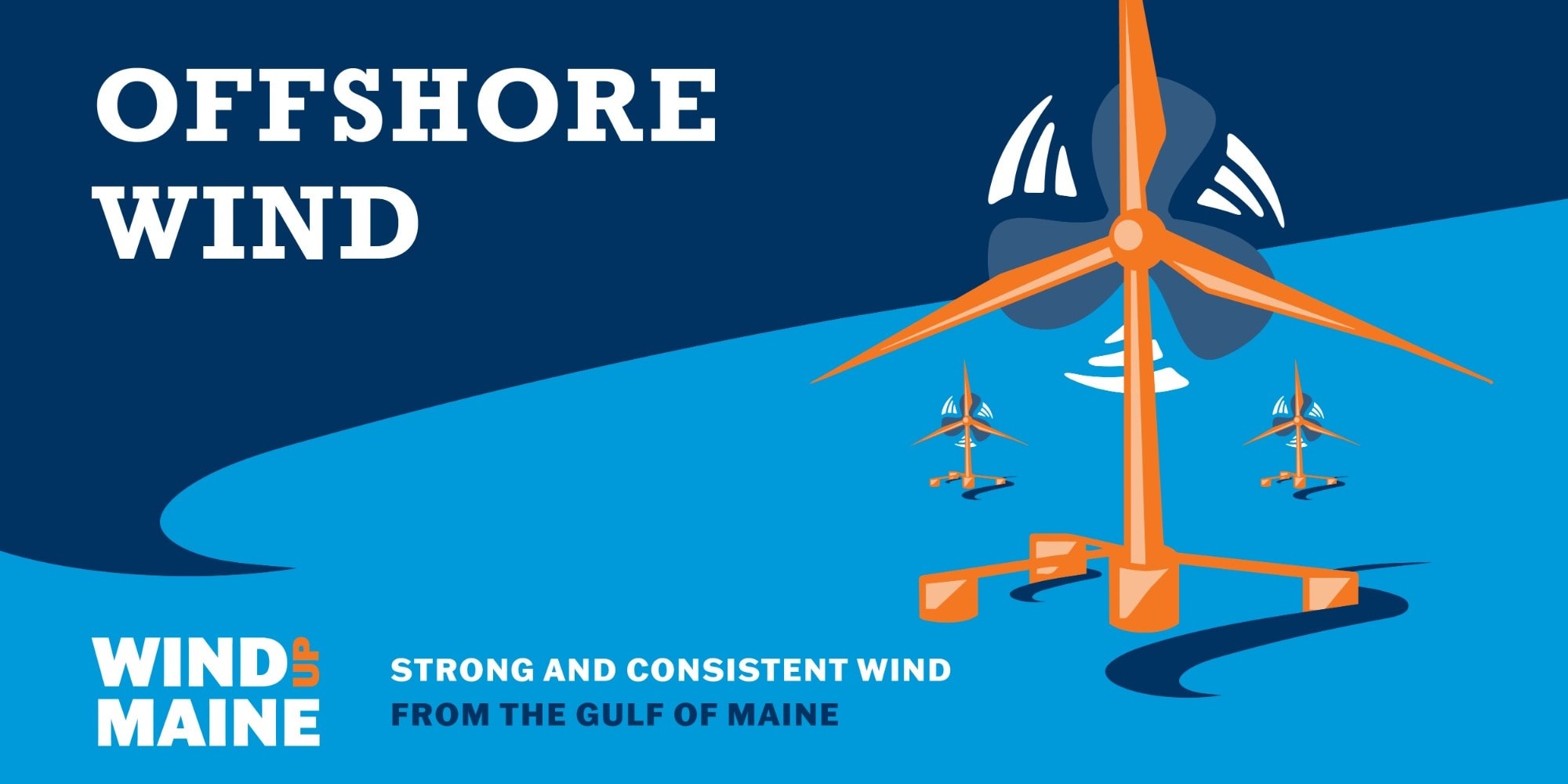
Which US State has the potential to meet the highest percentage of their energy needs from offshore wind?
The correct answer is A! The Gulf of Maine has some of the strongest and most consistent winds in the world.
According to the National Renewable Energy Laboratory, responsibly-developed floating wind turbines deep offshore in the Gulf of Maine could not only serve Maine’s electricity needs, but could also be exported to energy markets throughout the region.

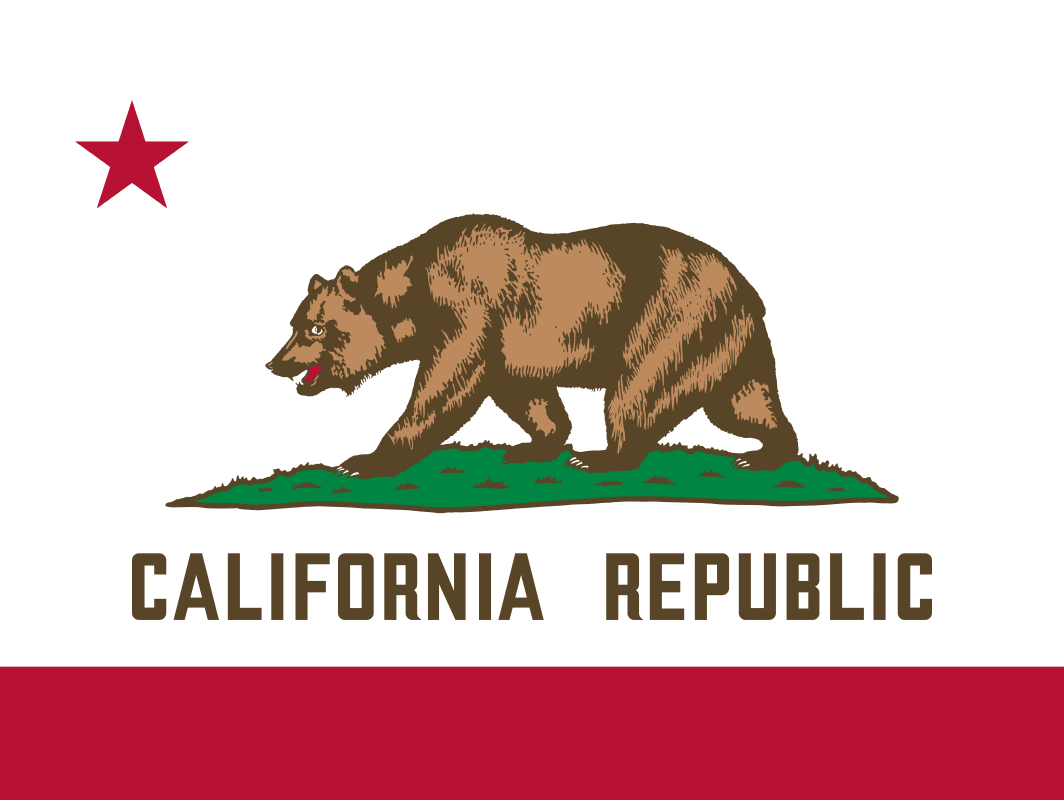
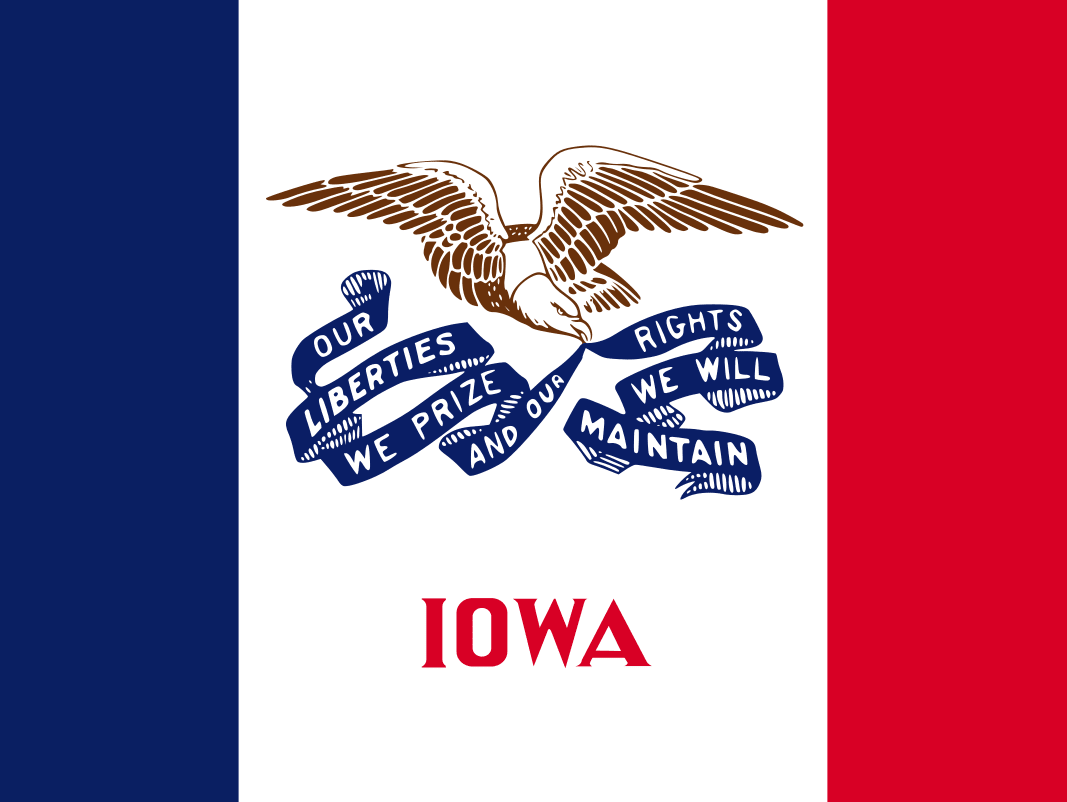
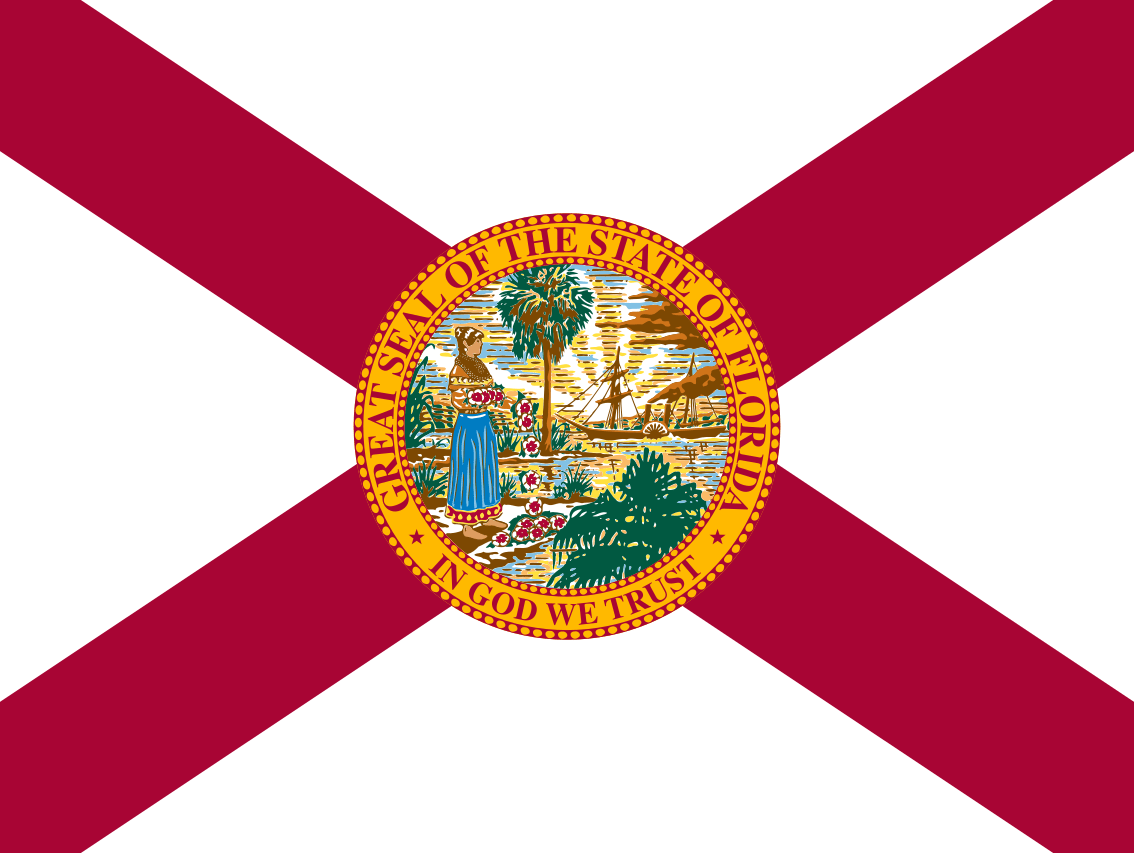
What time of day and year would offshore wind in the Gulf of Maine generate the most energy?
The correct answer is D!
Winds in the Gulf of Maine peak in the winter months, when our energy use is the highest. And on a daily basis, offshore wind will generate the most power at night, complementing solar energy, which peaks during the day. The two are natural partners!
About how many homes could be powered by one offshore wind turbine in the Gulf of Maine?
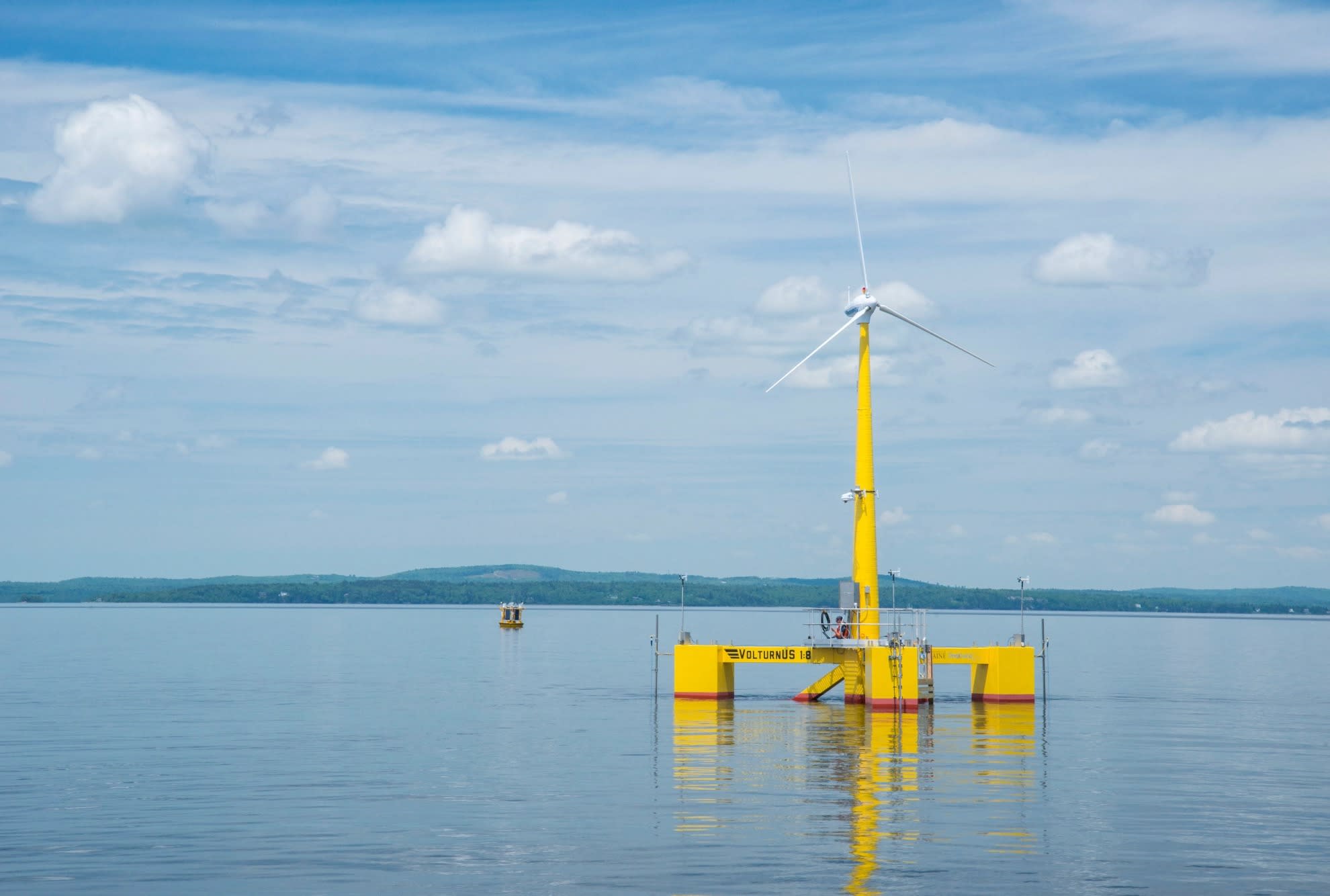
The correct answer is D, more than 11,000!
The turbines being used for offshore wind can generate power equal to the current annual electricity usage of more than 11,000 average Maine households. This renewable energy is critical to meet the goals set out in Maine’s Climate Action Plan to transition 80% of Maine’s electricity to renewables by 2030 and 100% by 2050.
How does the energy produced from offshore wind get ashore?
The correct answer is B!
Offshore wind projects will connect to the grid with power cables buried beneath the seafloor, the same kind of cables that already connect many of Maine’s island communities to the grid. Regional collaboration will be essential to plan and build offshore transmission lines at lower costs.
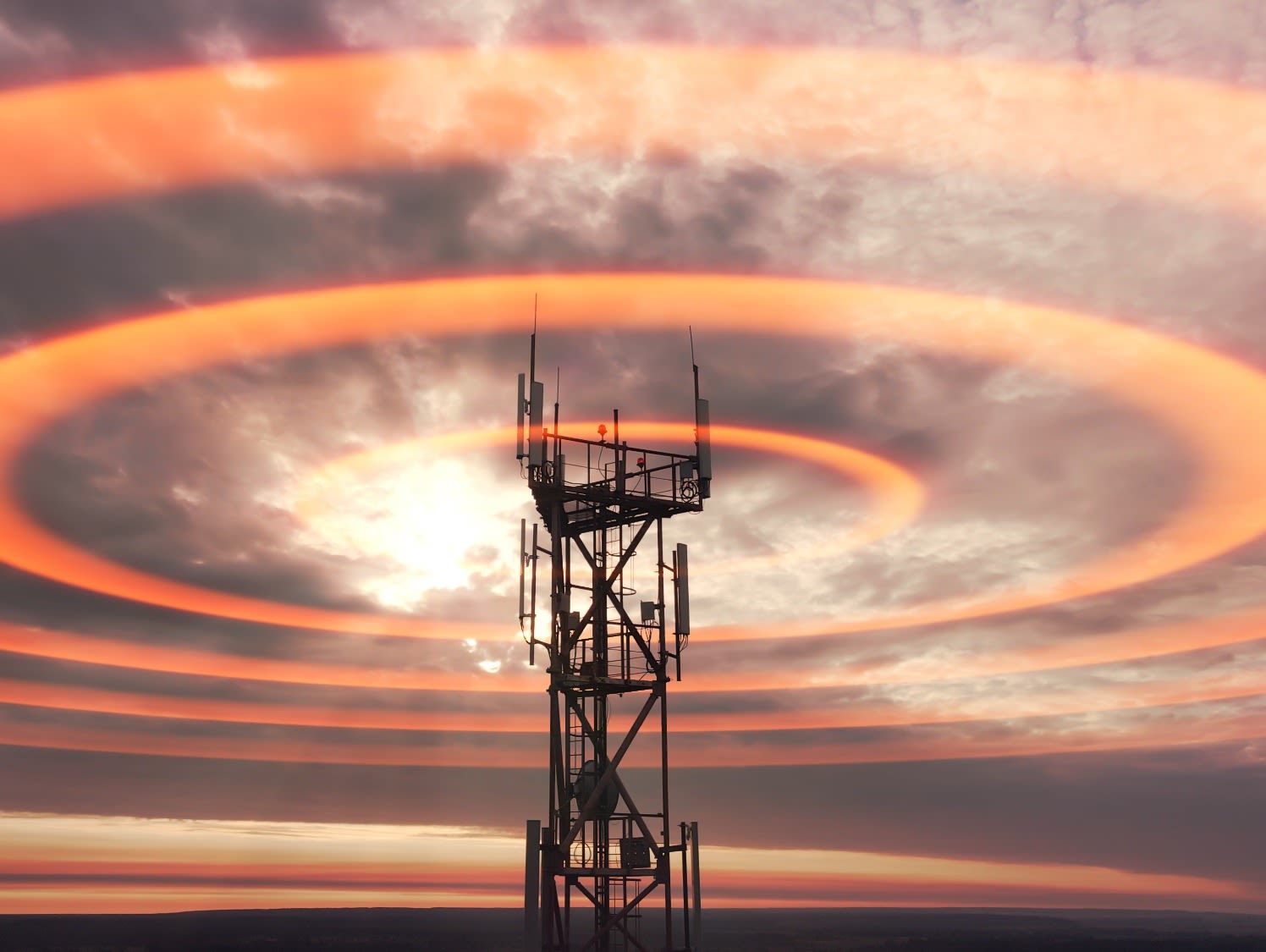
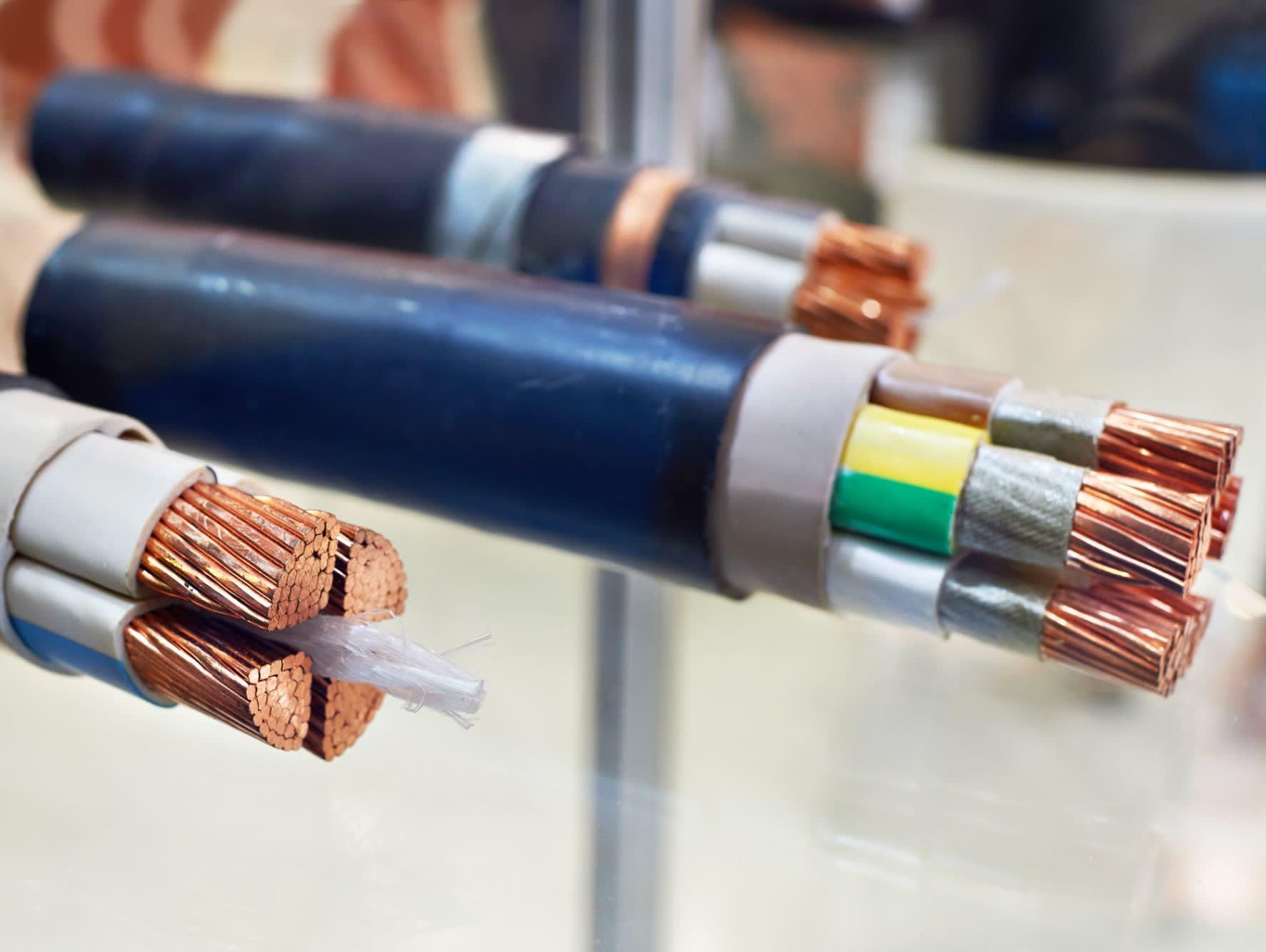
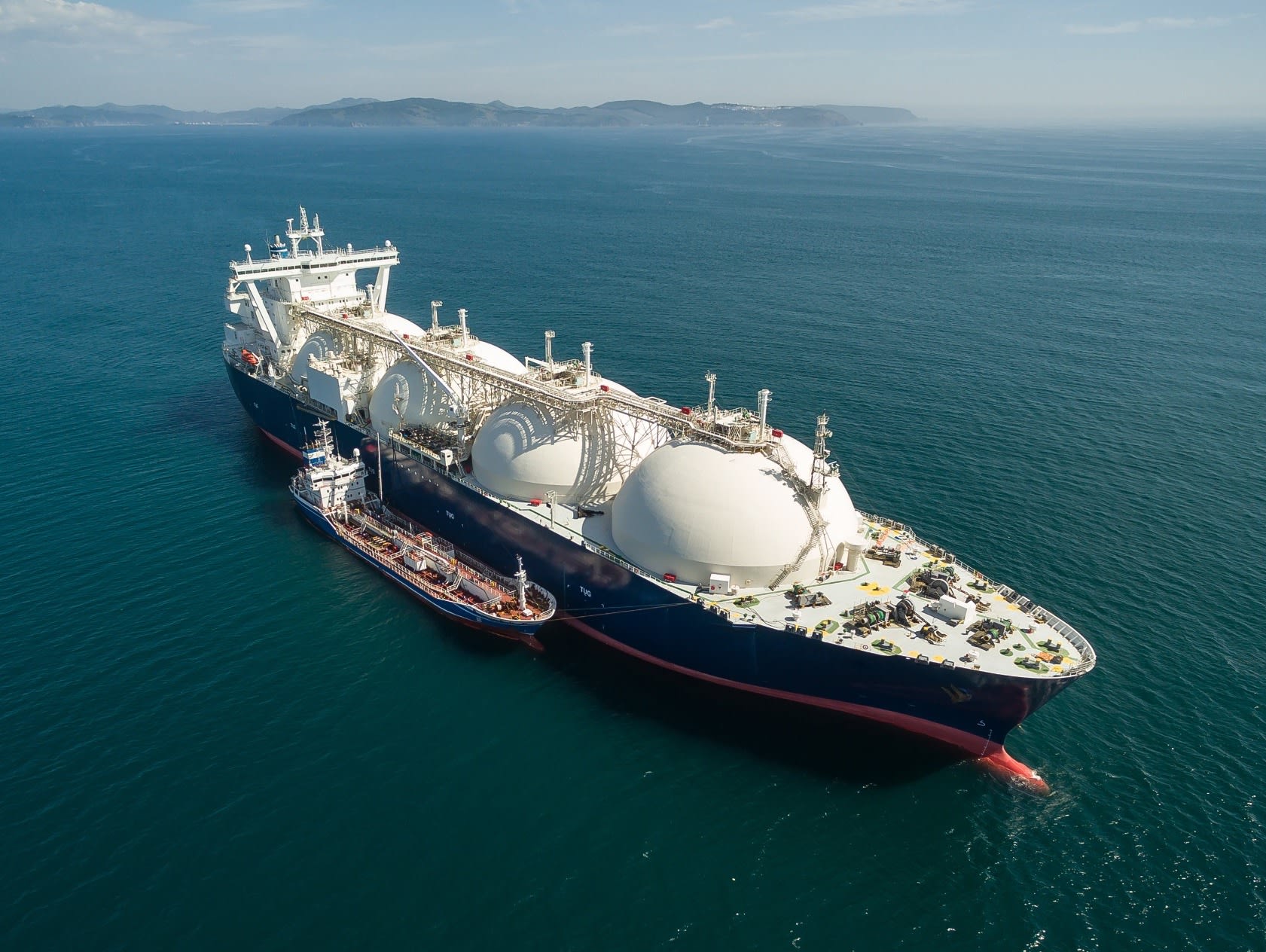

Offshore wind has been around for decades, but floating platform technology is relatively new. Where are the floating platforms being considered for use in the Gulf of Maine being developed?
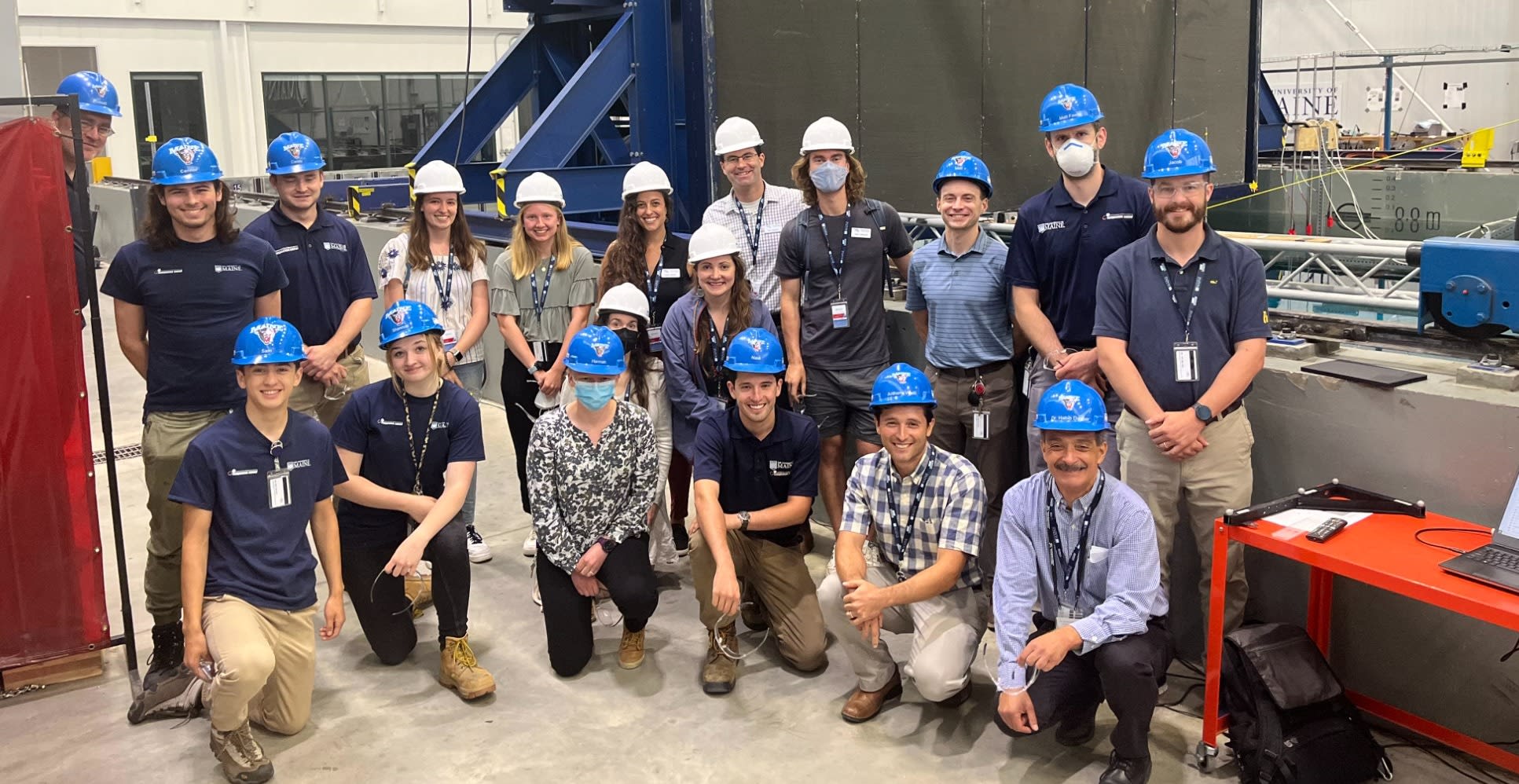
The correct answer is B -- right here at the University of Maine!
The University of Maine is a world leader in the research and development of floating offshore wind technology. The researchers and students at UMaine’s Advanced Structures and Composites Center have developed a floating platform designed to be constructed right here in Maine.
What factors are taken into consideration when deciding where to site offshore wind?
The correct answer is D. All of the above!
Scientists are already gathering data to better understand how floating offshore wind turbines will operate and interact with the marine environment. Maine has proposed a 12 turbine research array developed in partnership with the University of Maine to provide important real-world data about how we can responsibly site and operate floating offshore wind to minimize impact on our wildlife and environment.
{number correct}/6 Oh Boy :(
You might not have gotten the score you wanted, but it only means you learned a lot along the way! Sign our petition in support of offshore wind and sign up to get a FREE offshore wind sticker!

{number correct}/6 Good Job!
You're not the top scorer, but you've done fairly well and it's something you should be proud of. Sign our petition in support of offshore wind and sign up to get a FREE offshore wind sticker!

{number correct}/6 You're a Genius!
Well, that was easy! You're an offshore wind expert. Treat yourself by signing our petition in support of offshore wind and get a FREE offshore wind sticker!
